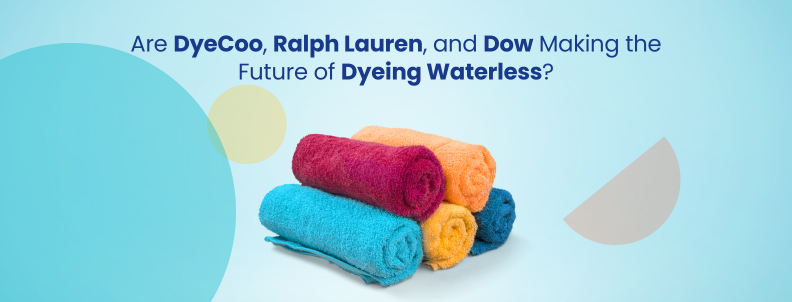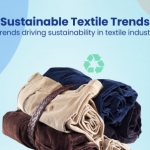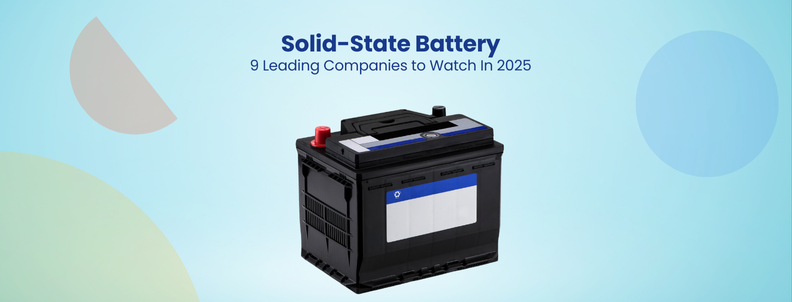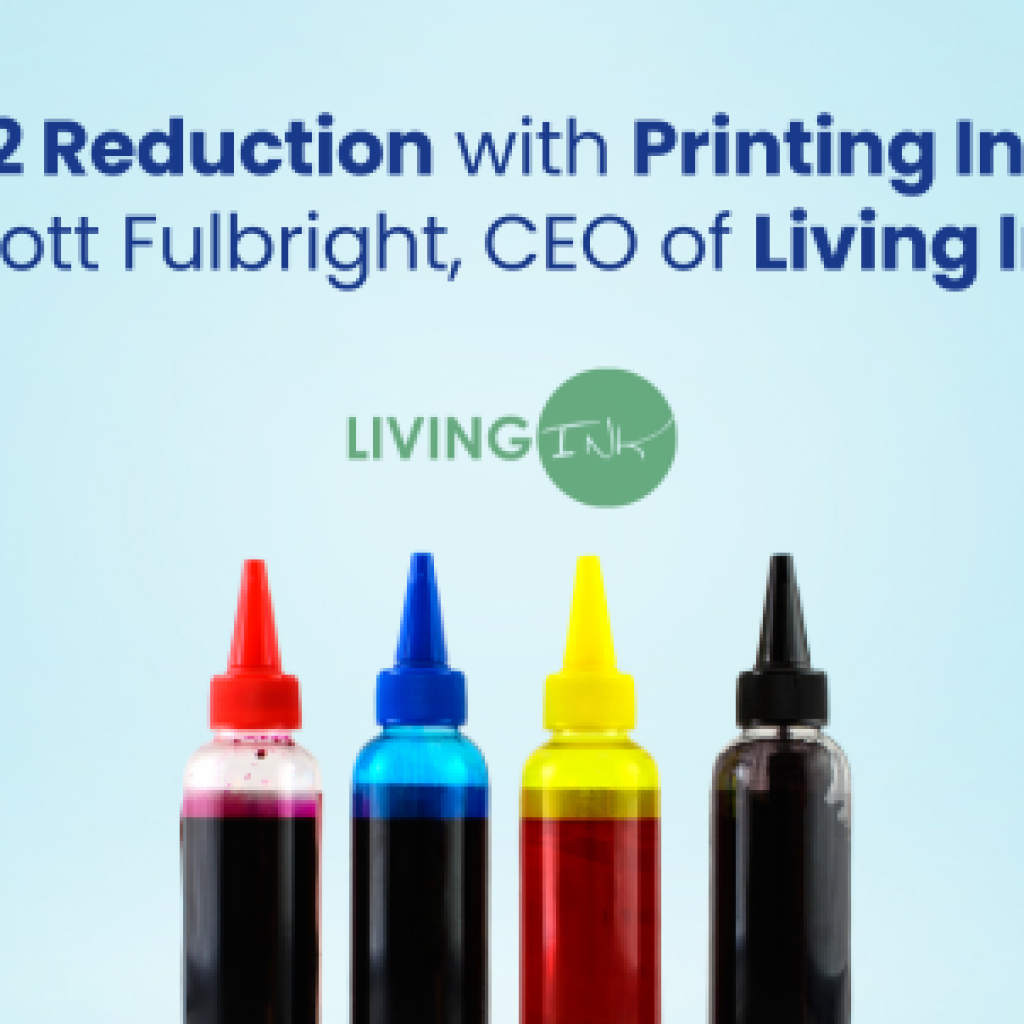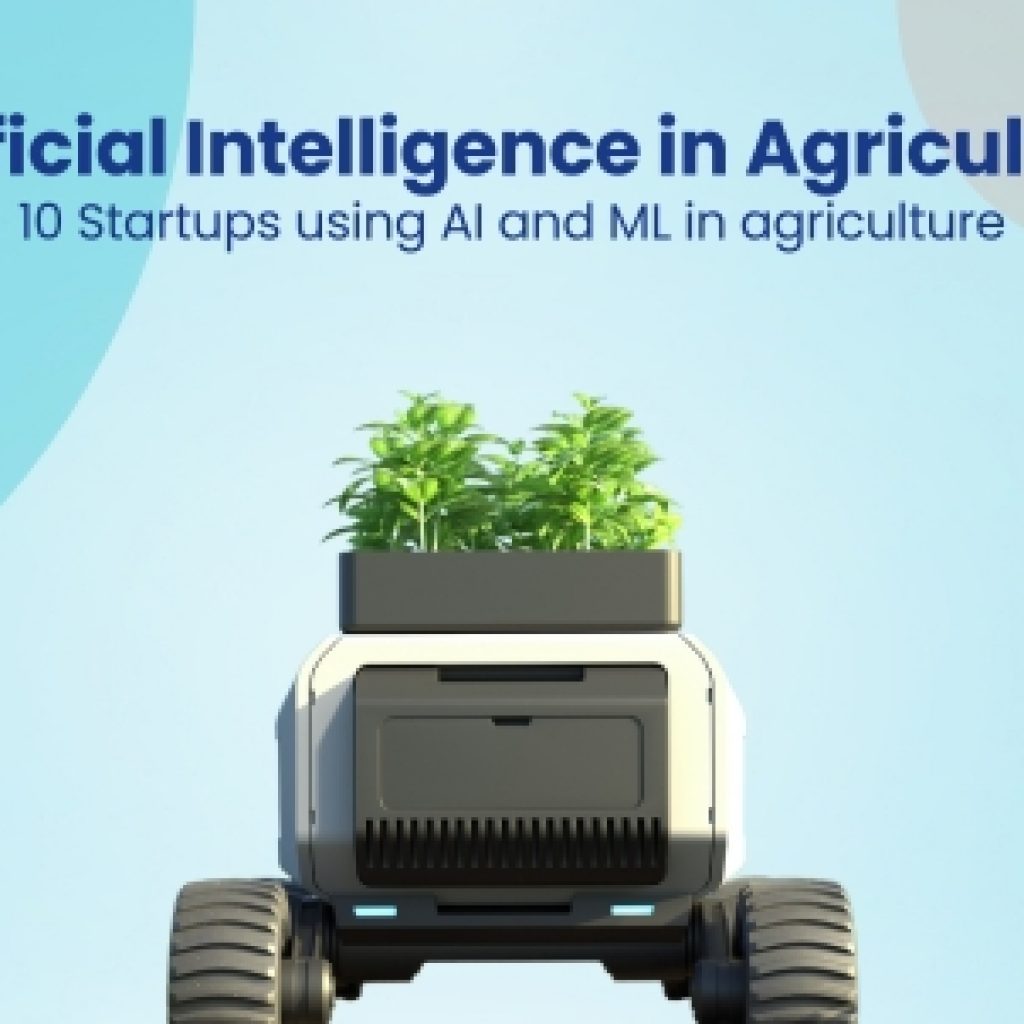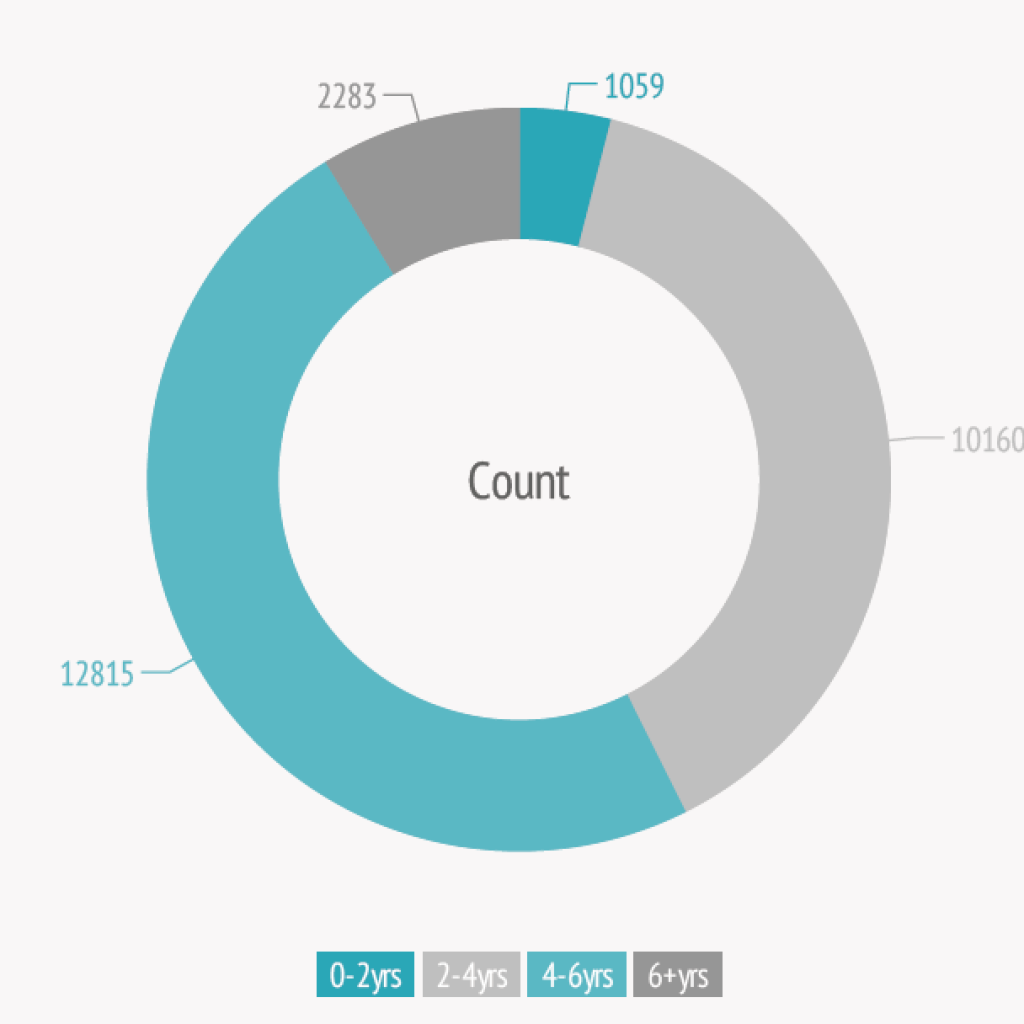Did you know that many dyes ranging from 60 to 80% are carcinogenic? As a result, posing a risk to both consumers and manufacturers.
The World Bank Group has identified around 70+ toxic chemicals originating solely from textile dyeing. This alarming discovery has pushed government bodies worldwide to address the issue urgently. Traditional dyeing trends lead to the wastage of valuable resources and money and threaten freshwater sources due to the release of toxic chemicals.
However, with growing awareness and push from regulatory bodies, companies are researching and testing new methods for dyeing textiles. What are these methods, and who is working on them? Let’s find out.
Sustainable dyeing and other textile trends are bound to change the Industry Landscape. What are these trends? Find all about them in our 2024 textile report.
Waterless Dyeing Techniques
DyeCoo: Using CO₂ For Waterless Dyeing
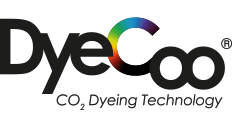
A Europe-based company, DyeCoo, has developed an innovative closed-loop process that uses CO₂ to dye textiles. The dyes dissolve easily through pressurized CO₂ (sourced from the existing industrial processes), turning into a supercritical state (SC-CO₂). This results in vibrant colors that deeply penetrate the fibers.
The groundbreaking approach eliminates the need for water, employing pure dyes with a remarkable 98% uptake and avoiding excess dyes and harsh chemicals. With its success, DyeCoo has efficiently scaled up its technology, earning widespread commercial endorsements from textile mills and satisfied customers.
As the industry embraces sustainability in dyeing processes, the demand for air-dyeing technology is definitely set to soar.
AirDye: Transferring Colors Through Heat

Japan-based AirDye employs dispersed dyes spread on a recyclable paper base, transferring vibrant colors to textiles through a molecular-level process driven by heat. This innovative technique drastically reduces water and energy consumption, as fabrics no longer require repeated soaking and heat-drying.
Compared to traditional dyeing methods, AirDye claims an impressive reduction, consuming 90% less water and 85% less energy, making it a game-changer in sustainable textile coloring.
ColorZen: Reengineering The Method Of Cotton Dyeing

With its patented method of pre-treating cotton before spinning, ColorZen’s innovative approach revolutionizes the dyeing process, achieving remarkable reductions of 90% in water usage, 75% in energy consumption, and 90% in chemical usage compared to traditional cotton dyeing methods.
ColorZen’s solution not only ensures environmental responsibility but also enhances efficiency in the dyeing process.
Using Microbial Pigments
Colorifix: Dyeing with Fermented Bacteria
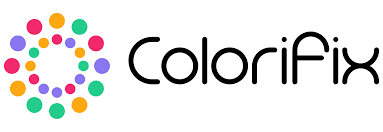
Colorifix, headquartered in Norfolk, England, has developed an innovative dyeing technique. Their indigenous method involves fermenting microbes or other organisms to produce natural dyes. Colorifix removes industrial dyes and avoids using chemicals or salts to set the colors.
Through their patented technology, Colorifix utilizes biologically engineered microorganisms that inherently possess the essential salts required for seamlessly infusing the dyes into the fabric.
Living Colour: Research on Pigment-producing Bacteria
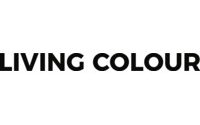
Living Colour, a European biodesign project based in the Netherlands, is researching using pigment-producing bacteria to color clothing. In collaboration with PUMA, they have successfully created the world’s first bacterial-dyed sports collection.
Vienna Textile Lab: Producing colors from naturally occurring bacteria
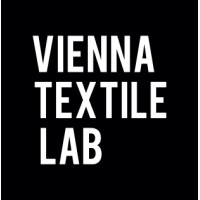
Vienna Textile Lab, an Australian startup, researches and develops microbial dyes and pigments. Their innovative methods produce organic colors derived from naturally occurring bacteria, presenting a sustainable, wholesome, and eco-friendly alternative to conventional synthetic colors.
Significant collaborations in Sustainable Dyeing
Marimekko & Natural Indigo Launch Naturally Dyed Clothing
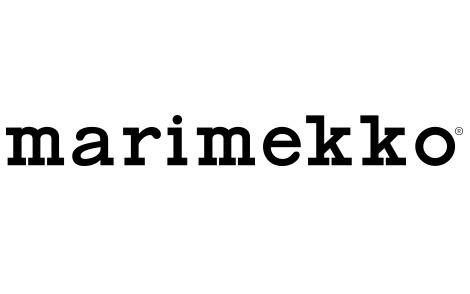
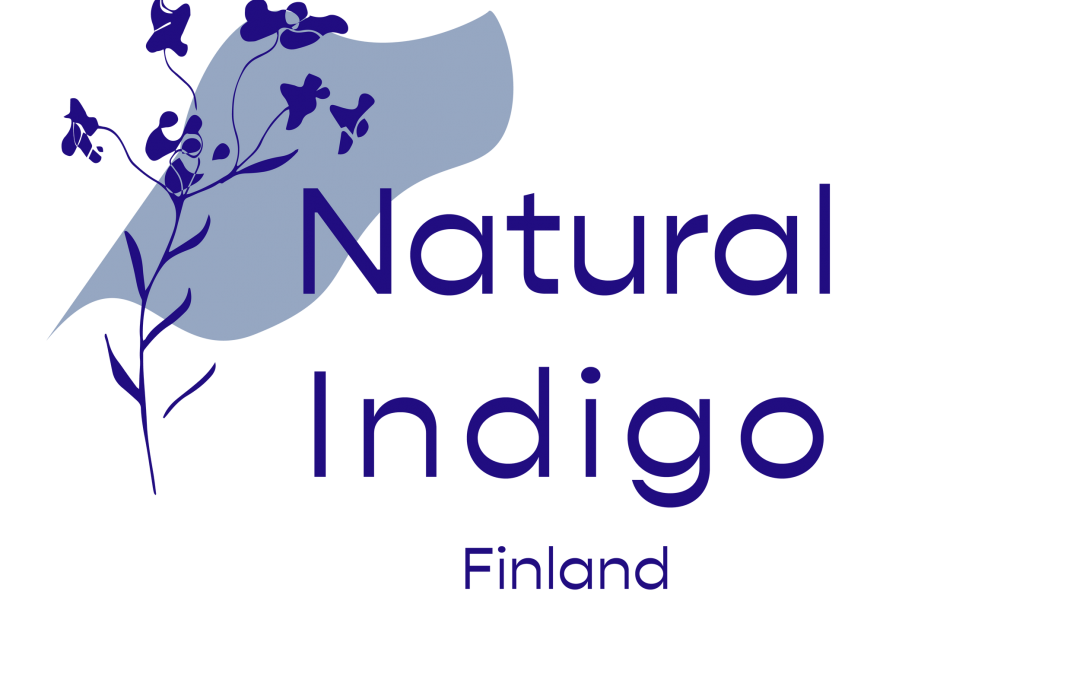
Marimekko, a Finnish textile company, has introduced a new collection of garments, bags, and home items. The collection features prints made with a natural dye supplied by Natural Indigo, a Finland-based startup.
Ralph Lauren & Dow Produce Sustainably Dyed Cotton


Ralph Lauren is collaborating with Dow to advance the sustainable production of dyed cotton by implementing the “Ecofast Pure” sustainable textile treatment.
Together, they are releasing a manual to open-source an enhanced dyeing process that remarkably reduces the consumption of water, chemicals, and energy in cotton dyeing.
DuPont uses DyeCoo’s dyeing process for recycled polyester


DyeCoo, a Dutch company specializing in cleaner dyeing technologies, has teamed up with DuPont Biomaterials to launch a patented dyeing process for fabrics made from a combination of Sorona® with polyester or recycled polyester.
Conclusion
Among the various sustainable dyeing technologies, such as waterless/air, salt-free dyeing, electrochemical, and plasma dyeing, a comprehensive analysis revealed a significant emphasis on waterless/air dyeing.
Approximately 1900 patents and 3200 research papers were dedicated to exploring this method, indicating the industry’s pronounced focus in the years to come.
Interested to know more about the other trends in the Textile Industry?
Worry not; our 2024 Textile Trend Report has got you covered. Fill in the form below and download the report now!
Authored By: Ambuj, Navjit, and Sushant, Patent Intelligence
Edited By: Ridhima, Marketing
Also Read: 5 trends in the textile industry steering a sustainable and tech-driven tomorrow

